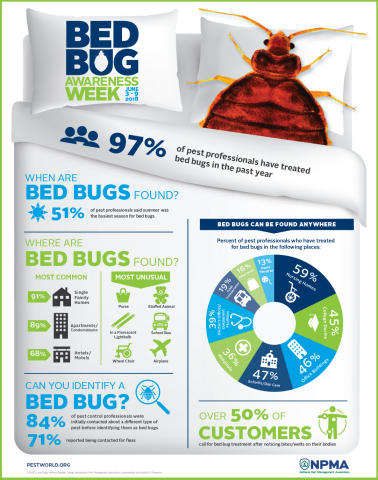Use Your Knowledge Of Rodent Nesting Habits To Outsmart These Pest Administration Methods
Use Your Knowledge Of Rodent Nesting Habits To Outsmart These Pest Administration Methods
Blog Article
Write-Up By-McDonough Lehman
When it comes to rodent control, understanding usual rodent habits is vital to properly handling infestations. Did you recognize that rats have some remarkable nesting habits that might shock you? By exploring their detailed habits, you can acquire useful insights right into exactly how to take on rodent issues in a more critical and reliable fashion. So, let's untangle the secrets behind these creatures' activities and find out how to outmaneuver them in your rodent control initiatives.
Rat Nesting Behaviors
When observing rodents in their all-natural habitat, you'll discover that they proactively look for products to build their nests. flea infestation treatment , such as computer mice and rats, are resourceful animals that make use of a selection of things like twigs, leaves, paper, and textile to develop their homes. They're meticulous in their nest-building process, usually lining their nests with softer materials like fur or feathers to develop a comfortable environment.
Rodents like to build their nests in covert and secure areas to protect themselves and their young from killers. Typical nesting places consist of wall tooth cavities, attics, basements, and even within insulation products. By constructing their nests in these remote locations, rats can safely increase their offspring away from potential dangers.
It is essential to understand the nesting behaviors of rats when implementing control procedures. By interrupting their nests or eliminating materials, you can discourage rats from developing a visibility in your house or building. Appropriate cleanliness and sealing off entrance factors are additionally essential action in avoiding rodent problems.
Rat Feeding Patterns
After observing rodents' nesting behaviors, it becomes noticeable that their feeding patterns play a vital duty in their day-to-days live and behaviors. Rats, consisting of mice and rats, are opportunistic feeders, suggesting they'll eat whatever food source is readily offered. They're mainly nocturnal creatures, liking to forage for food throughout the cover of evening to avoid killers.
Rats have a diverse diet regimen, ranging from grains, seeds, fruits, and vegetables to pests, nuts, and even little pets. This flexibility in their food choices allows them to flourish in different settings, including urban locations where human food sources are plentiful.
Their feeding patterns aren't just driven by appetite however additionally by the requirement to stock food for times of scarcity. This habits is particularly obvious in preparation for winter season or when nesting. Rats are known to hoard food in their nests or burrows, guaranteeing a continuous food supply. Comprehending their feeding patterns is vital in executing reliable rodent control steps to disrupt their food resources and stop infestations.
Rodent Activity and Traveling
Rats navigate their surroundings with agility and stealth, using their keen detects to relocate swiftly through their atmospheres. These creatures are skilled climbers, able to range walls and vertical surface areas with ease. They can additionally squeeze with surprisingly tiny openings, making it critical to seal any prospective entry points in your home.
When https://www.bobvila.com/articles/best-termite-control-companies/ comes to taking a trip, rats tend to adhere to acquainted courses, creating routes along wall surfaces or skirting the sides of areas. They're creatures of habit, typically staying with these established courses as they forage for food or discover their surroundings.
Rodents are recognized for their nighttime behaviors, so you may hear them scurrying about during the night as they search for food and water. helpful site and erratic, permitting them to dart in and out of view in the blink of an eye.
Recognizing exactly how rodents move and take a trip can help you recognize possible infestation locations in your home and take positive steps to stop these bugs from getting a foothold.
Conclusion
As you work to control rats in your house, bear in mind that comprehending their habits is essential. By acknowledging their nesting behaviors, feeding patterns, and movement, you can effectively avoid infestations.
Coincidentally, by taking aggressive actions to eliminate food resources and seal entry points, you can disrupt their familiar courses and compel them to look for brand-new locations, eventually decreasing the probability of rodent existence in your living spaces.
